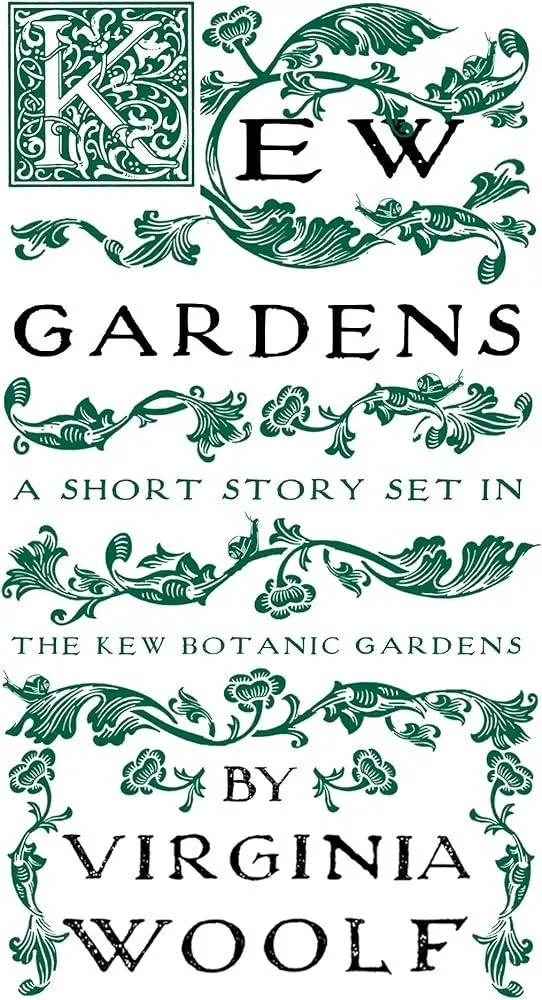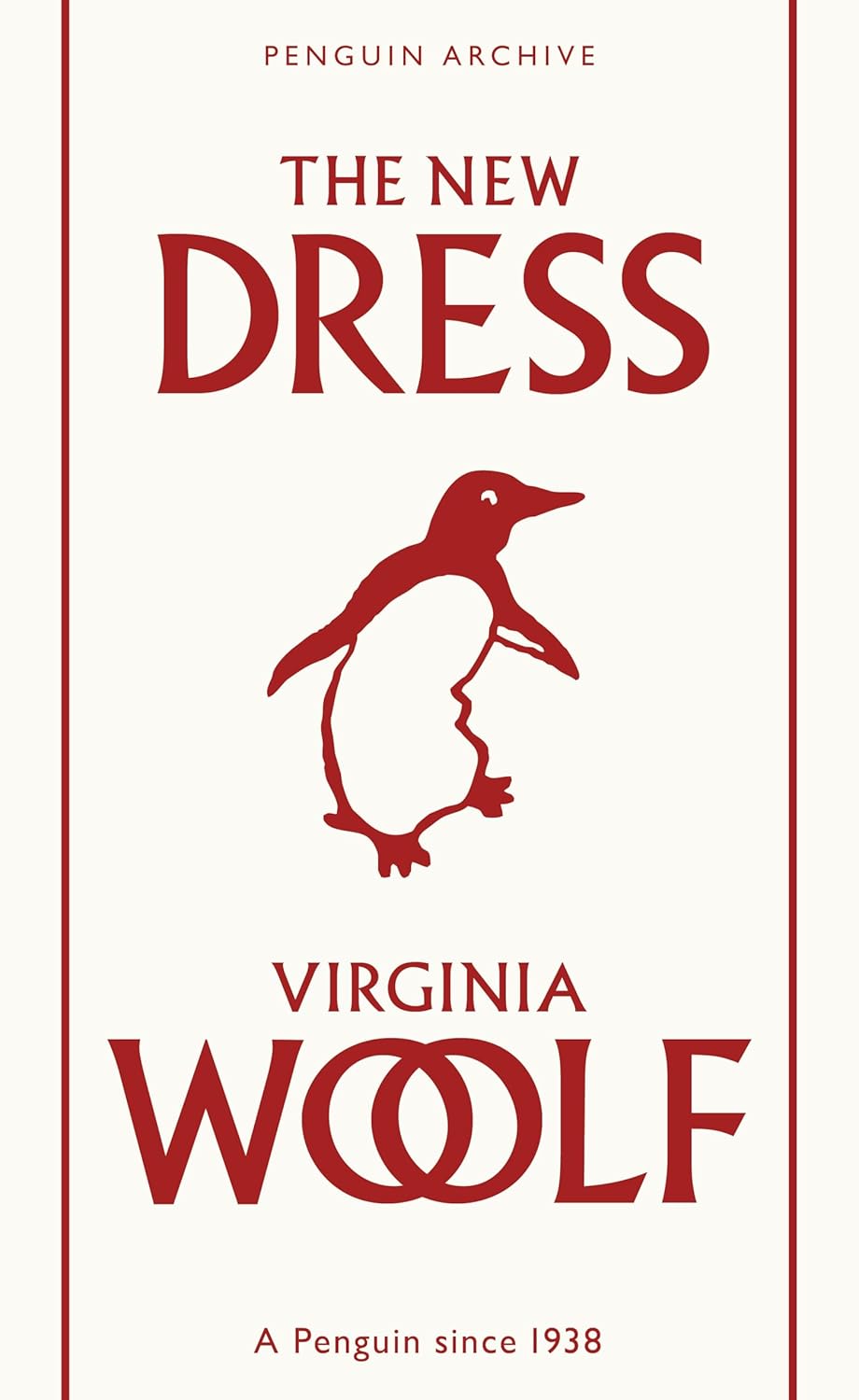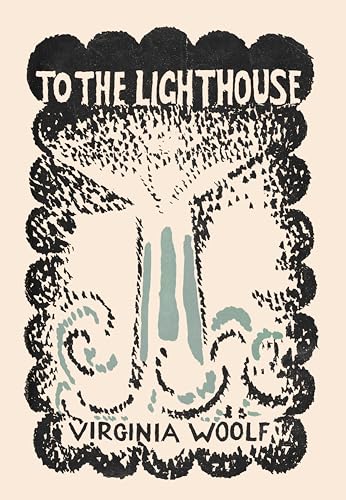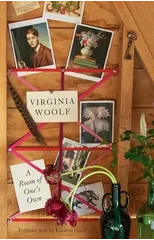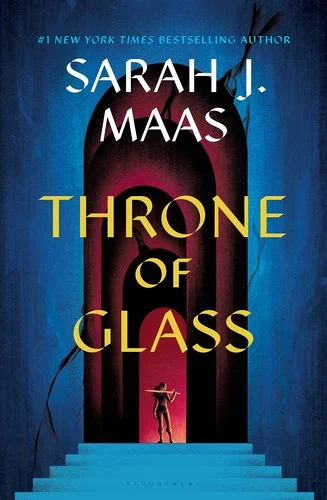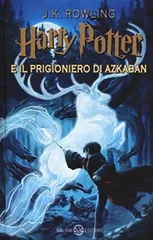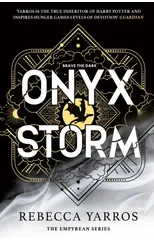First published in 1921 as part of her ground-breaking short-story collection Monday or Tuesday, Kew Gardens follows the thoughts of a set of characters walking past a flower bed in the royal botanic garden on a hot July day. Interweaving the thoughts of the characters with depictions of the natural world surrounding them, the narrative flows from mind to mind, from the tranquil flower bed to the bustling city outside. Written in Woolf’s trademark style, brimming with keen observation and rich language, Kew Gardens is both a paean to the natural world and an empathetic exploration of human experience. The light fell either upon the smooth, grey back of a pebble or the shell of a snail with its brown, circular veins, or, falling into a raindrop, it expanded with such intensity of red, blue and yellow the thin walls of water that one expected them to burst and disappear… Then the breeze stirred rather more briskly overhead and the colour was flashed into the air above, into the eyes of the men and women who walk in Kew Gardens in July.
Virginia Woolf
Virginia Woolf was a prominent English writer and modernist literary figure. Known for her stream-of-consciousness writing style, she challenged traditional narrative structures and explored themes of gender, class, and mental health in her works. Some of her most notable works include "Mrs. Dalloway," "To the Lighthouse," and "Orlando." Woolf's contributions to literature include her innovative approach to character development and narrative technique, as well as her exploration of the inner lives of her characters. Her most famous work, "Mrs. Dalloway," is considered a masterpiece of modernist literature and a reflection of Woolf's unique literary voice. Woolf's impact on the literary genre is undeniable, as she paved the way for future generations of writers to experiment with form and style in their own works.
